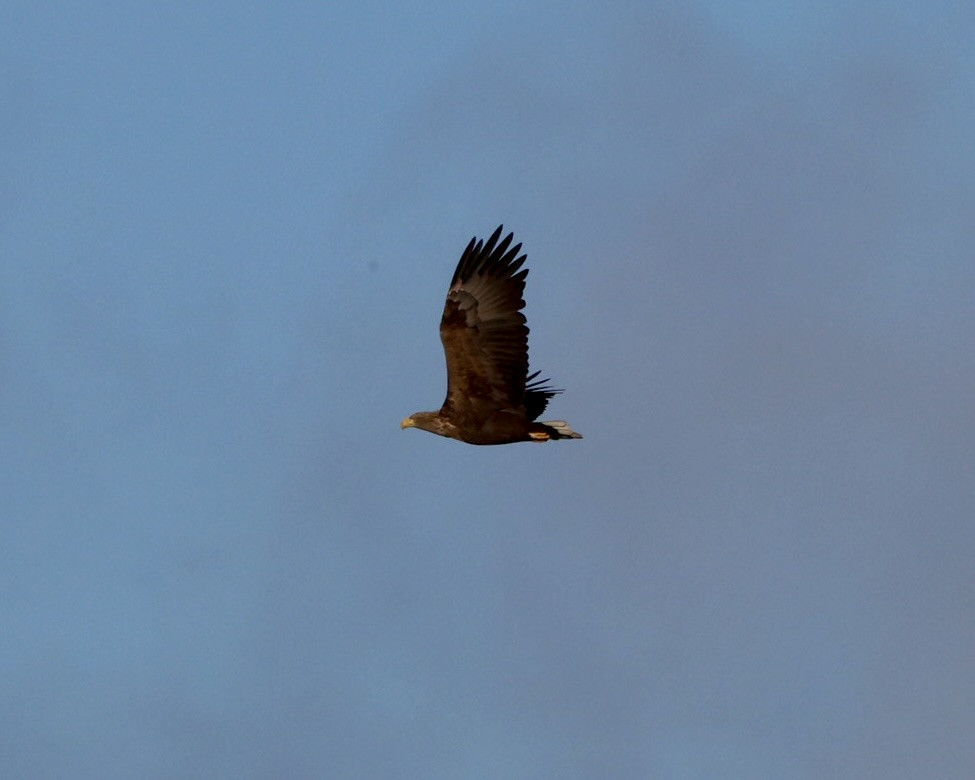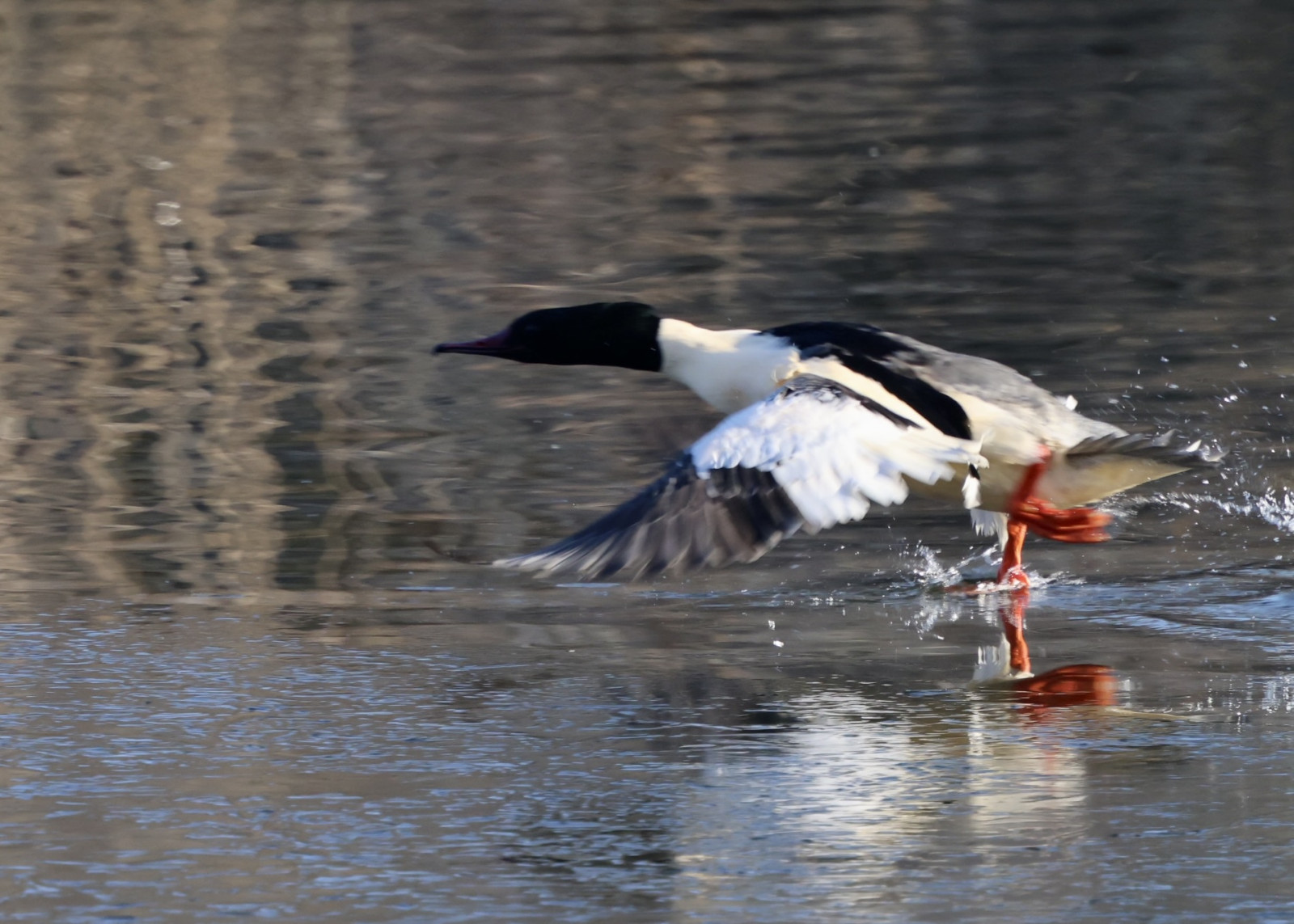Description
This birding spot is made up of two separate areas that lie right next to each other.
The first is the Pantener Moor, a beautiful little piece of landscape that is a nature reserve. It is made up of fields, patches of trees and hedges, and a moor pond. There is a nice view of the area from the lookout near Panten (see map).
The second part of this spot is the route up and down the Elbe-Lübeck Canal, 500m to the east of the Moor area. There is a well maintained path on both sides of the canal in the top half of the route, north of Donnerschleuse, but the path south of the Donnerschleuse crossing is only on the east side. The canal-side paths are mostly open, with sporadic tree cover and forests alongside.
Both areas are home to a wide range of birds, and great for a peaceful visit all year round. Birds that can be found here include: Синогушка, зимовка, обична бекасина, рибарче , црвена луња, црна луња, мал трскар, Речен цвркотник, барска кокошка, сив жерав, црн клукајдрвец, среден клукајдрвец, мал нуркач, белоопашест орел, орел рибар, блатна еја, јастреб кокошкар, сокол ластовичар and штрк.
Details
Access
The Pantener Moor is situated northwest of the town of Mölln, near the village of Panten. By car: There is a small, free car park at the Donnerschleuse Canal crossing, or cars can be parked in the streets of the Panten (closer to the Pantener Moor) or Neu Lankau (on the canal) villages.
The entire area is accessible by bike and wheelchair.
Public Transport: The nearest train station is in the town of Mölln, which is a 25 min cycle from the moorland. There is also a bustop in the town of Panten (star on the map), where busses can connect to Ratzeburg and Ahrensburg (then a train to Hamburg).




